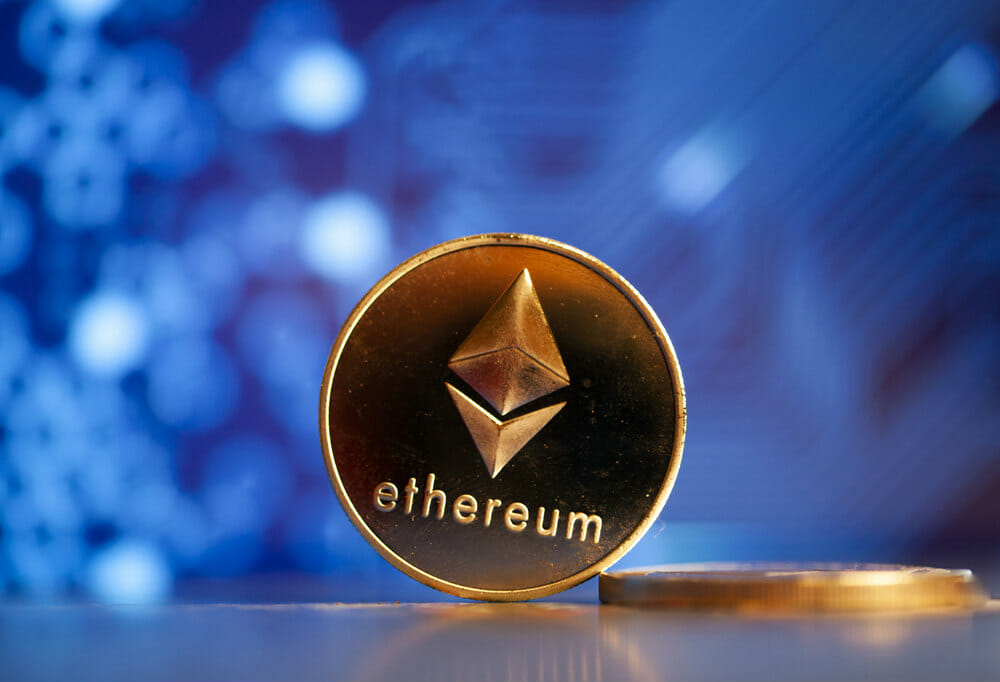The current demand for NFT is one of the first causes of the high fees on Ethereum. The proposal intends to migrate the tokens so they can depend 100% on the main chain.
Vitalik Buterin, the co-founder of Ethereum, has started a mission to find new ways to solve the saturation of the network. Now, the high demand for non-fungible tokens (NFTs) is the one causing it and also causing fees to reach high rates.
Buterin highlighted a new measure that focuses on migrating the NFTs to second layers of Ethereum, such as rollups. The action would not do it through a single rollup but through an interoperability system that turns the NFTs into an active mode in many rollups.
The proposals got posted by Vitalik Buterin within the Ethereum Research Forum, dedicated to researching new setups and improvements in this general-purpose blockchain.
The Russian-Canadian developer suggests creating “wrapped-NFTs” or wrapped-NFTs. These could get mobilized and traded between the different Ethereum rollups.
Rollups are second-layer solutions that basically “roll” various transactions into one and thus allow way more transactions per second (TPS) to get processed outside of the first Ethereum network.
The zkSync 2.0 rollups, which are currently going through a testing phase, can process up to 20,000 TPS, while the mainnet can only process 12-20 TPS in its current status.
The main point of Buterin’s proposal is the independence of a single rollup. While these rollups bring reduced commissions, using one can be injurious because, in case a failure happens, the NFTs would get trapped.
Using various rollups avoids this dependency model. Also, if a failure occurs, the trapped NFTs could be migrated through the proposed system to another rollup or the main chain.
The Creation of Wrapped-NFT
The Ethereum creator’s proposal focuses on the creation of wrapped-NFT (WNFT). These tokens would be items that represent other tokens within the rollup. The original WNFT would meet its storage on the Ethereum blockchain through a smart contract that would help as a security vault.
The most prominent feature of this concept relies on the mobility of the WNFTs when they face a transference.
If a chain of exchanges takes effect within a rollup, the last holder of the WNFT who opted to claim this chain will possess this chain of exchange vouchers, so it would validate the holding on the NFT to get claimed.
This policy would also be effective for NFTs that get transferred between rollups, which would also generate receipts.
Vitalik Buterin’s Proposal Presents Various Challenges
One of the first challenges within this model posed by Vitalik Buterin is that not all the rollups that currently work on the Ethereum network will be active. The rollup needs to make use of the EVM or Ethereum virtual machine, which is the one that allows the execution of smart contracts.
Rollups such as Arbitrum allow the full use of the EVM. On the other hand, zkSync 1.0 can not allow its complete execution. It limits the smart contracts that can get deployed in them.
Another challenge is in the adoption and implementation of this model on all NFT platforms. For now, NFT’s platforms are focusing on the Ethereum mainnet. The use of rollups represents an operational cost for the adoption and migration of NFTs.
By: Jenson Nuñez











